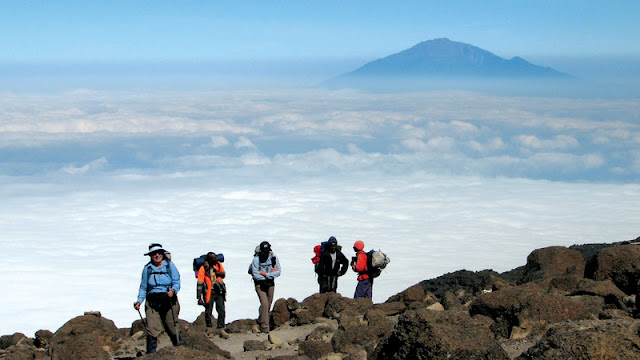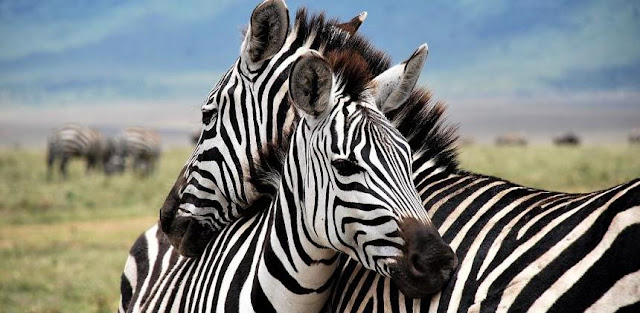KILIMANJARO IS GOOD FOR YOU FACT
Climbing Kili is good for you – fact!
According to reports in last week’s British media, a study has concluded that walking for an hour or two a day cuts the risk of having a stroke by a third in the over 60s. Even better, those over-65s who manage to fit in three hours a day of walking will find their chances of having a stroke cut by two thirds
Some 3,435 healthy men aged 60 to 80 were questioned about their lifestyle and exercise routines and the conclusion was, perhaps, not surprising. As Barbara Jefferis, researcher at University College, London, explained, “‘If you took 1,000 men who usually walk eight to 14 hours per week and followed them for ten years, on average they would have 55 strokes, compared with 80 for the group who only walk zero to three hours a week.” What’s more, the study found that the actual walking needn’t be strenuous, and what counted was how long you walked for rather than how fast.
Those who’ve already experienced the joys of scaling Kili will know that, when you’re climbing Africa’s highest mountain, three hours per day is pretty much the minimum amount of time that you’ll spend walking – with 5-6 more normal (and, of course, on the night that you climb to the summit and then head back down the following morning, a total walking time of about 16 hours is typical!) What’s more, on Kilimanjaro it’s imperative that you walk slowly in order to give yourself the best chance of acclimatising safely.
Of course, we’re not for one minute suggesting that a mere week of walking on Kilimanjaro is going to help you avoid a stroke for the rest of your life; but given that most people take up some sort of aerobic exercise regime in order to get fit for their attempt on Kilimanjaro, and that this exercise regime usually involves some sort of walking, then it’s conceivable that the whole Kilimanjaro experience – from the initial preparation to right up to the moment when you find yourself standing at Uhuru Peak – is good for you.
What’s more, when you consider that many people, having enjoyed themselves so much on Kili, then opt for another ‘walking holiday’ the following year, whether it’s something slightly easier (eg Inca Trail) or a little harder (eg Aconcagua, South America’s highest mountain), and keep up their exercise regime throughout – it’s highly likely that the whole Kili experience has a positive effect on climbers’ health.
And we haven’t even mentioned the other benefits of being on Kilimanjaro, whether it’s weight loss (because the body works harder at altitude, so it is said you actually lose weight just by standing still on the mountain, and I frequently lose a few pounds per week when I’m there), the chance to breathe in some fresh mountain air, the healthy diet and lack of available beer(!) and just the lack of everyday stresses that afflict you back home.
Of course, we’re not saying that climbing Kilimanjaro is an easy way to get fit. There are also the dangers of altitude etc that you should take into consideration before you hurtle headlong into booking a trip to Tanzania. But as the old adage goes, what doesn’t break you makes you stronger – and for most people Kilimanjaro is one experience that made them, for a while at least, much stronger.




Comments